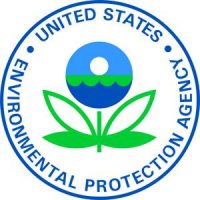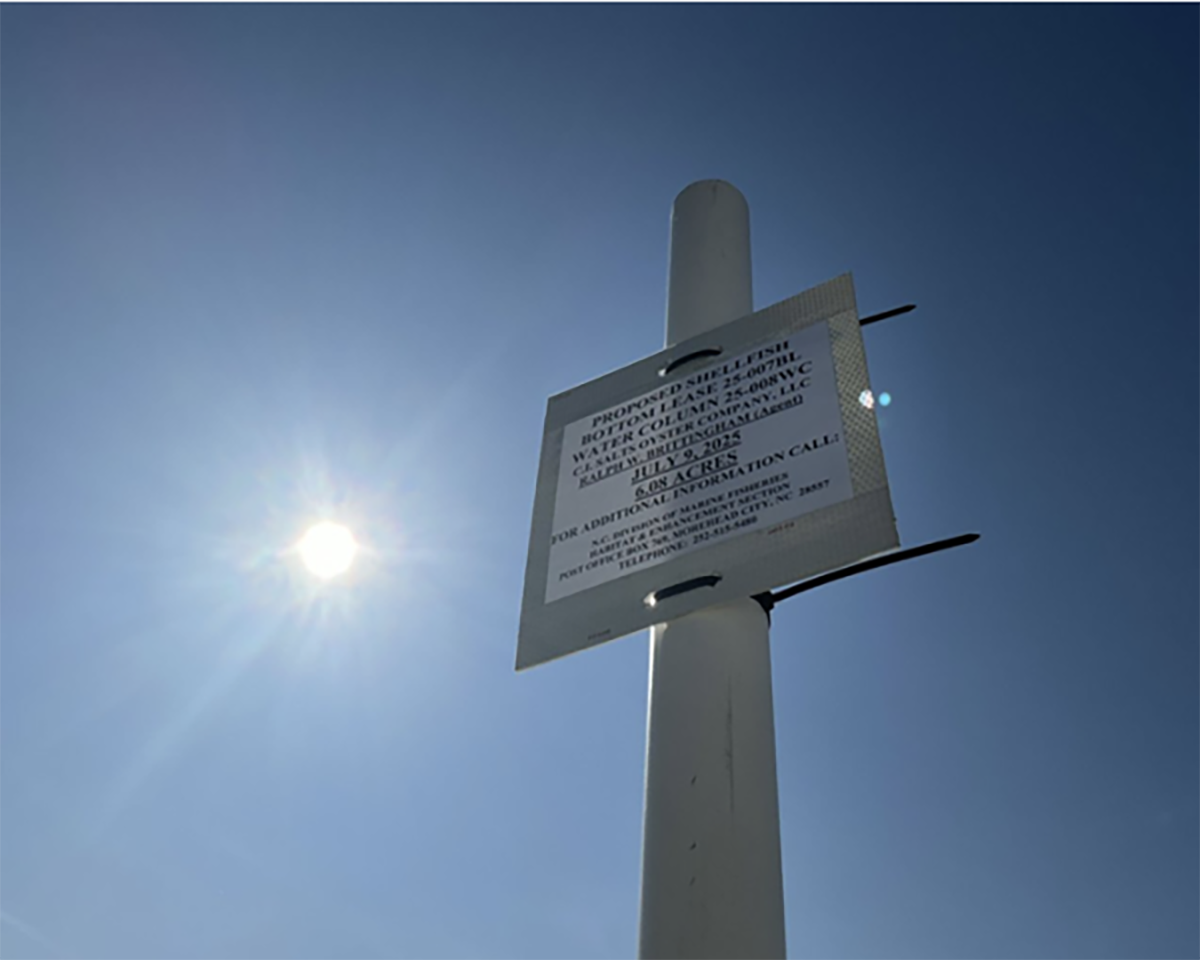
East Carolina University and the North Carolina Department of Environmental Quality are among 32 recipients across the country that are to receive more than $9 million in pollution prevention, or P2, grants from the Environmental Protection Agency.
The grants allow states and tribes to provide businesses with technical assistance to prevent or reduce pollution before it is created, while also reducing costs, the EPA said in its announcement Thursday.
Supporter Spotlight
The grants are in addition to $12 million in P2 grants that were announced in September and made possible by President Biden’s Bipartisan Infrastructure Law’s $100 million program investment in the EPA P2 program.
“For more than 30 years, EPA’s P2 grants have helped businesses implement best practices to reduce dangerous pollution in communities, including those that are overburdened and vulnerable,” said EPA Office of Chemical Safety and Pollution Prevention Deputy Assistant Administrator for Pollution Prevention Jennie Romer in a statement. “Preventing pollution before it starts is an important step in our work to deliver on President Biden’s ambitious environmental agenda, tackle the climate crisis and advance environmental justice.”
The EPA said many proposed projects center on communities with environmental justice concerns.
Both rounds of grants are part of the president’s initiative that aims to deliver 40% of the overall benefits of climate, clean energy, affordable and sustainable housing, clean water, and other investments to disadvantaged communities. The agency anticipates most grants will successfully direct at least 40% of their environmental and human health benefits onto disadvantaged communities that are marginalized, underserved, and overburdened by pollution.
The United States produces billions of pounds of pollution each year and spends billions of dollars per year controlling this pollution. Preventing pollution at the source, which the EPA said is also known as P2 or source reduction, rather than managing waste after it is produced is an important part of advancing a sustainable economic and environmental infrastructure. P2 can lessen exposure to toxic chemicals, conserve natural resources, and reduce financial costs for businesses, particularly costs associated with waste management, disposal and cleanup, the EPA said. These practices are essential for protecting health, improving environmental conditions in and around disadvantaged communities, and preserving natural resources like wetlands, groundwater sources, and other critical ecosystems.
Supporter Spotlight
Selected grantees are to, if awarded, document and share P2 best practices that they identify and develop through these grants, so that others can replicate these practices and outcomes. Each selected grantee will address at least one of six National Emphasis Areas, or NEAs, which were established to focus resources to achieve measurable results and to create opportunities to share information among P2 grantees and businesses affiliated with similar NEAs. Each selected grantee is to also develop at least one case study during the grant period on P2 practices that are new or not widely known or adopted, or where detailed information on the P2 practices could benefit other businesses or P2 technical assistance providers.
The agency anticipates that it will award the grants once all legal and administrative requirements are satisfied. Grants supported will be incrementally funded at the time grants are awarded.








